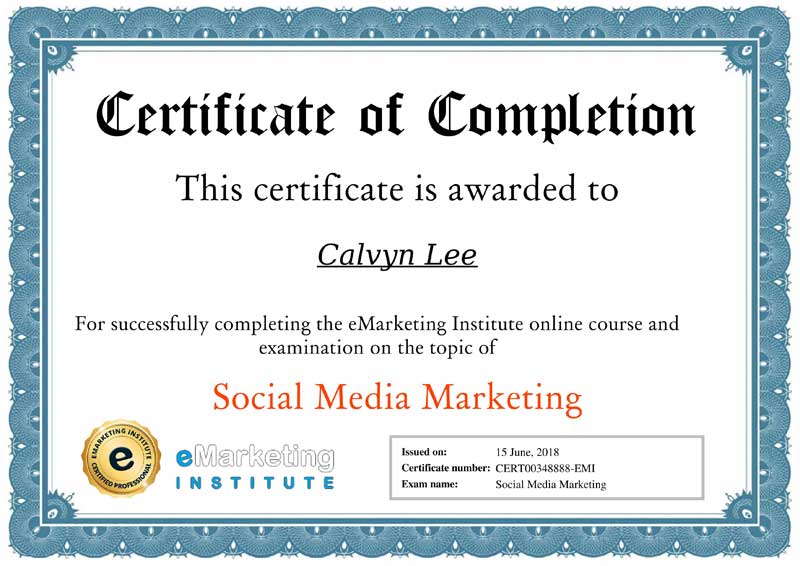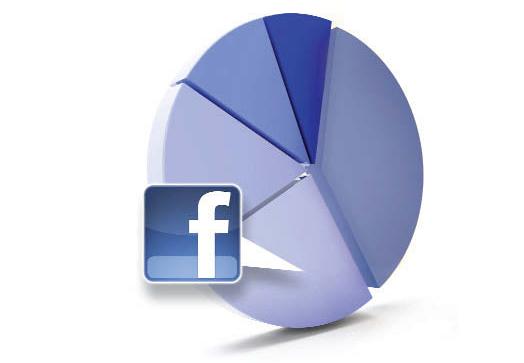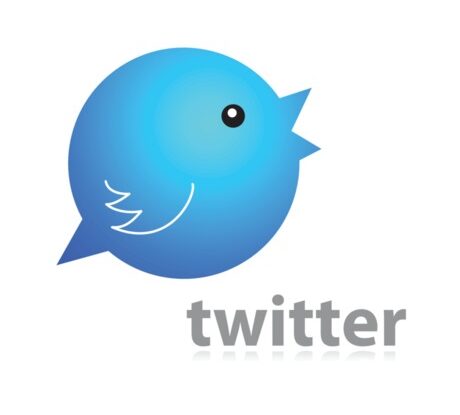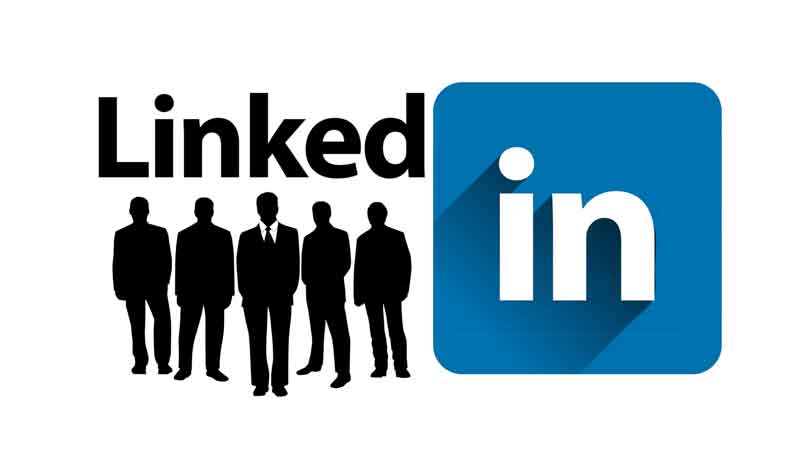Imagine old days, if you looking to release a book and set up a blog, you’ll sure that you’ll be successful!
But you only worried about one thing, you don’t know how to ensure that your book reaches the right target audience who could enjoy your book.
During that period, however, there were only a few forms of advertisement available, like print ads, billboards, radio, direct mail, direct sales and the television.

These options were pretty expensive, their effectiveness couldn’t be accurately determined, and they didn’t let you advertise your content to the appropriate audience, your book would never find the audience it deserved.
Can Digital Marketing Help You?
Now let’s have a look at the same scenario in the present day!
Alongside traditional forms of advertising, you would have access to digital marketing, a form of marketing that’s a lot more lucrative, inexpensive and configurable;
A marketing that would enable marketers to advertise their audience digitally using channels like search engines, websites, social media platforms, emails, etc.
Among these types, social media marketing (SMM) may catch your eye!
What Is Social Media Marketing?
Social media marketing would give you the opportunity to take advantage of social media platforms to advertise your content to a highly targeted audience.
It would help more people learn about your book, increase the interaction with your audience, it’s relatively inexpensive unless you go into advertising, and will help you get marketplace insights that might help in understanding your audience preferences better.

FREE Social Media Certification
You may start by taking up some free digital marketing course and certification such as eMarketing or HubSpot Academy, to learn more about social media marketing.
Since you were already familiar with the concept of social media marketing, your next step was to learn about the different content you could post on social media.
Some of the most common forms of content that you could post would be images, text posts, polls, and videos
Social Media Advertising
Yet, over time, you noticed fewer people were being exposed to your content.
You needed to advertise your content for that you would need to use the advertising options provided by the social media platforms.
Like Facebook ads, Instagram ads, YouTube ads, LinkedIn ads, and Twitter ads.
And you’ll have to spend money on these ads, to spread your content, or to attract potential clients to your book. All these options are great.
Image Ads
Most advertising platforms offer users with several options like image ads, these ads involve the use of single or multiple images that are attractive and have the optimal amount of text.
It also has a call to action that encourages user interaction. You could use images from your book, advertise websites that sell your book and more.
Text and Post Ads
There are text and post ads, these ads could advertise posts or excerpts from your blog or your book, further garnering interest from an interesting audience.
Text ads are the most popular and cost per click, and they only charged you when someone clicks on the ad. This is a great option for bloggers who want to promote a new blog post.
Video Ads
You could also use video ads, you could use video ads that feature favorable reviews, customer testimonials to advertise your book, show your book trailer & to drive traffic to your book website so you can use it as a lead generation mechanism.
You Video Ads can placed on premium sites like YouTube, Instagram, Facebook, TikTok and many more.
Lead Ads
You could also use lead ads, through which you could collect information from users who are interested in a weekly newsletter or regular updates from your blog.
How do lead ads work? Lead ads are clickable ads that take users to a landing page where they can sign up to receive information from your company.
What else on Social Media?
But that wasn’t the only thing you could do with social media platforms.
You could create a brand for yourself and drive audience interest to it, engage with them, create an identity engage with content, finding content that works for you.
Social media platforms also allowed you the opportunity to target audiences based on demographics like their age, location, gender, and much more.
In time you saw an increase in the number of viewers coming to your social media page and by extension your blog.
You also saw an increase in the number of people who bought your book, skyrocketing your audience.
Here are some things you learned:
- To set goals that were quantitative, smart and follow a constant deadline.
- To understand his audience by engaging and connecting with them.
- To set up a social media calendar to plan competitions, polls surveys videos and more
- Using tools like BuzzSumo, IFTTT, Buffer and more, for lead generation creating email lists, setting buyer personas and more.
- To perform visual storytelling with the help of images and videos.

But do you know what is social media marketing and how you can get so good it?
You can take up my lead generation using social media marketing course.
This course will enable you to have the skills to get good at social media marketing.
Checkout one of our free mini course “Social Media Content Strategies“, we give an introduction to all the major concepts of social media marketing.
Social Media Marketing 101
Is your business reaping the benefits of social media marketing? If not, you might be missing out.
Social media is a critical element in most companies’ overall marketing strategies. Some benefits of implementing social media include:
- Social media makes it easy for you to regularly connect with current customers and prospects.
- It provides a place where you can build out your brand and define yourbrand voice.
- Paid advertising allows you to perform highly-targeted advertising campaigns that help you reach more of the right people.
- Social media is a two-way channel that both allows you to talk to your customers and allows your customers to talk to you. Many people even use social media to instantly interact with a company or get quick customer service.
Let me share with you a brief overview of four of the most popular social media platforms for business: Facebook, Twitter, LinkedIn, and YouTube.
- Facebook as Social Media Marketing
- Twitter as Social Media Marketing
- LinkedIn as Social Media Marketing
- YouTube as Social Media Marketing

Facebook as Social Media Marketing
Facebook is the world’s largest social media network. As of 2017, Facebook boasted nearly 1.8 billion active users.
Because of this, Facebook offers you access to a volume of users unmatched by any other social platform.
Facebook works by allowing individual users, businesses, and organizations to set up profiles and pages.
Users can interact with their followers by creating posts that include everything from text and images to videos, GIFs, links, and more.
Facebook users can interact with posts by commenting, reacting (there are now six different emoticon reactions), or sharing posts.
Why Facebook Good for Business?
When it comes to using Facebook for your business, one of the platform’s standout capabilities is its robust advertising functionality.
Facebook is constantly collecting information about its users. When setting up advertising, you can use Facebook to perform highly-targeted campaigns based on things like age, geolocation, demographic, gender, education, job title, language, interests, and more.
This allows you to reach the right people with the right advertising at the right time.
Facebook advertising is versatile. You can create advertisements with specific goals, like getting clicks, driving website engagement, event responses, video views, and more.
Facebook offers metrics and analytics for measuring the success of your pages and advertising campaigns.

Twitter as Social Media Marketing
Twitter is unique in that tweets (posts) can be no more than 140 characters long.
This forces users and business to keep things short and to the point.
As with Facebook, Twitter users can post a variety of content from images and videos to links and polls (brief quizzes that allow users to ask questions and hear from other users).
On Twitter, users can engage with posts by liking, commenting, or retweeting.
Additionally, Twitter allows users to tag other users with the ‘@’ symbol and participate in larger conversations using hashtags placed in front of keywords (e.g., #digitalbusiness).
As of 2017, Twitter had about 320 million active users in its network.
Why Twitter Good for Business?
Because of its short-character formatting and the ability to tag other users with the ‘@’ symbol, Twitter is a great tool for interacting with customers and conducting customer service.
If a customer has a question and wants to avoid phone-based customer service, they may send a tweet directly to a company with their question.
If a customer reaches out to you by Twitter, and you handle their question swiftly, not only do you build trust with that particular customer, but you build your public image and rapport with anyone else following the conversation.
Like Facebook, Twitter also enables you to advertise through promoted tweets, accounts, and trends, all of which are designed to increase engagement, attract new followers, and build your brand online.

LinkedIn as Social Media Marketing
LinkedIn is the world’s largest online professional networking platform.
With more than 437 million global users, LinkedIn gives professionals and companies instant access to one another.
Like the other social media platforms we’ve touched on in this guide, LinkedIn lets users and businesses set up profiles and pages that allow other users to find, follow, and communicate with them.
Additionally, users can post text, videos, longer articles, and other types of content to their social networks.
Why LinkedIn Good for Business?
Because LinkedIn is a professional network, it provides a perfect venue for B2B marketers to market products, announce product launches, and perform lead generation.
As a professional network, LinkedIn is also good for posting articles that position your business as a thought leader in a particular industry.
Beyond this, you can also use LinkedIn to advertise job openings and research and hire great talent.

YouTube as Social Media Marketing
YouTube is an online, Google-owned platform for sharing videos. Users can create their own channels on YouTube and then upload, view, rate, comment, and share other users’ videos.
Today, the site has more than 1 billion users across the globe, far and away the largest video-sharing website on the internet.
Why Youtube Good for Business?
In the past, if you wanted to do video advertising, you’d have to pay television networks for brief TV spots.
Today, YouTube allows you to upload videos that customers or prospects can watch instantly, anytime.
YouTube is the second largest search engine on the internet. People use YouTube like they’d use Google, Bing, or Yahoo! to search, discover, learn.
If you’ve optimized your YouTube channel, gotten set up, and filled out your profile, YouTube makes it very easy for people to discover your videos and learn more about your company.

